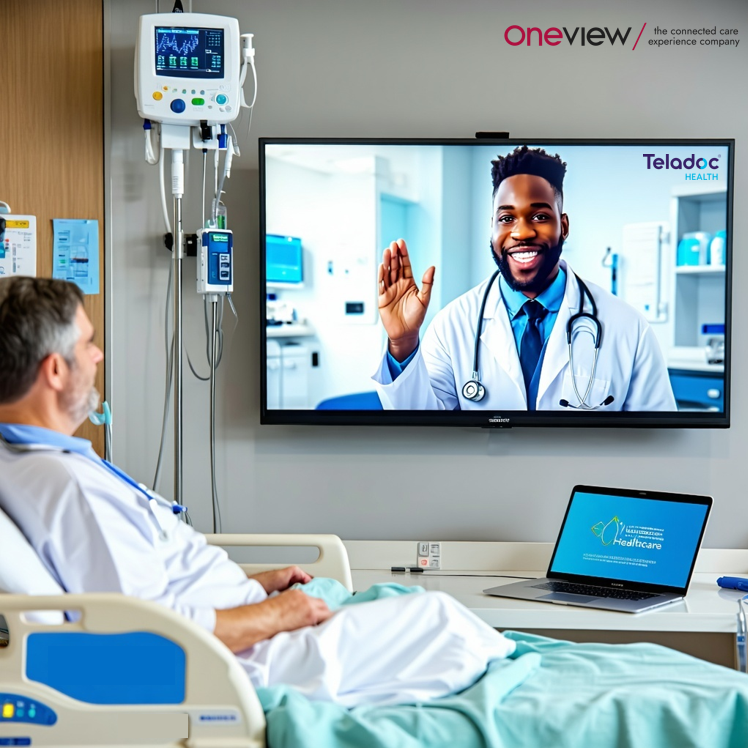The reality of today’s world is that improving the patient experience typically includes dealing with patient complaints. Every organization must contend with customer service issues, of course, and hospitals are no exception. Collecting and analyzing this information provides valuable feedback for those looking to continuously improve the patient experience.
Having to deal with a patient complaint is never easy. It often seems to interrupt the workflow of the hospital staff. But complaints may be a rich source of information, offering the perfect way to learn about potentially troublesome issues within the organization while indicating what other patients are feeling…but not voicing.
While valuable in retrospect, HCAHPS are a lagging indicator which does not allow hospital staff to respond and recover prior to the patient going home. A well-run organization with a focus on continual improvement makes it easy for customers/patients to voice their complaints and issues—while still in the hospital. Leadership will also provide a culture that encourages staff to not only bring up customer complaints internally, but also to be empowered to address them immediately wherever possible.
The Agency for Healthcare Research and Quality report entitled Practical Strategies for Improving Patient Experience – Service Recovery Programs outlines the reasons for implementing a robust system for managing complaints in a timely manner. This excellent read also explains how to structure the program AND the organization to handle patient complaints that can ultimately improve your HCAHPS scores.
The report reinforces the importance of having high-efficiency service recovery programs in place; their impact on the bottom line. Put simply, there’s only a 50% chance someone having a bad product or service experience will complain to you. However, a full 96% will tell up to 10 of their friends about their bad experience. Layer on top of that the compounding effect of social media and one bad experience can potentially reach hundreds of your customers/patients, as well as media representatives, government officials, and others.
The result? Patient recommendations drop from those who have had a negative experience, whether they have given feedback to the healthcare organization or not.
The Agency for Healthcare Research and Quality recommends these steps for handling negative feedback from patients:
1. Apologize and acknowledge.
This must be immediate and without any strings attached. In most situations, the work processes are at the core of the complaint, and the front office staff (or someone else not responsible for the problem) is in the line of fire. A sincere apology on this person’s part may immediately diffuse the situation.
If the staffer is empowered to make changes or accommodate a particular request, they can easily mitigate any further issues that might arise. If this person isn’t in a position to affect immediate change, they should move to Step 2.
2. Listen, empathize, and ask open questions.
This might be done by the front office or reception staff or may need to be elevated to someone with authority over procedures or workflows. Giving the patient the opportunity to voice their concerns without rushing, empathizing with them, and trying to better understand the issues, rather than immediately trying to solve the problem, will go a long way. This is the best opportunity to understand the real patient experience and can be chock full of great information for your organization…provided you’re willing to listen.
Patients who complain are often viewed as problematic. However, if your organization can talk, in real-time to those who complain, are visibly upset, or even show some discomfort, you can glean a wealth of information on the healthcare service quality you’re providing and start to make positive changes.
3. Fix the problem quickly and fairly.
Timing is everything here. If the hospital can fix a service quality issue, even with a short-term, temporary fix, the patient will see the change and feel he/she has been heard, validated, and cared for. Fairness is important to patients, as they want to make sure that neither they nor anyone else will have to deal with the same issue again.
4. Offer atonement.
This is especially important if there was a “fairness mistake” rather than an “honest mistake.” Extreme apology and atonement is the best way to mitigate this type of “fairness mistake,” and, honestly, any type of mistake. Making patients feel more cared for and given some sort of special compensation goes a long way in these cases. Something as simple as free parking for visitors might be helpful to the patient and provide gesture of goodwill.
5. Follow up.
This signals to the patient that they are not just a number, but a valued patient and a recognition that they’re a real person. A simple phone call or email describing the change made or the reason for the policy is a respectful way of letting people know that their input is valued and being taken seriously.
6. Remember your promises.
If the organization has committed to change a procedure or policy, make sure that the fix is implemented before the same person encounters it again or someone else has the opportunity to file a complaint or tell their 10 friends about it.
As a patient experience platform known for delivering information and entertainment, Oneview has the attention of patients and families during their hospital stay. With average usage of 5.6 hours per day, per patient, the Oneview Care Experience Platform provides the perfect vehicle to capture real-time patient feedback on their personal hospital experience.
This ability to be pro-active has created a 40% reduction in patient complaints after the introduction of Oneview’s digital Experience Rounding solution.
Obtaining feedback from patients near the time of their patient service touch points (meal ordering, room cleaning, education, healthcare provider discussions, etc.), the Oneview Care Experience Platform can work alongside the hospital’s existing Service Recovery Program. This mutually beneficial relationship allows hospitals to focus their in-person rounding efforts on those patients whose feedback may indicate a sub-optimal experience. Being pro-active in such instances ensures patient issues and concerns are properly addressed before discharge (and receipt of their HCHAPS survey).
We can show you how to implement this strategy and increase your HCHAPS results. Get more information.



